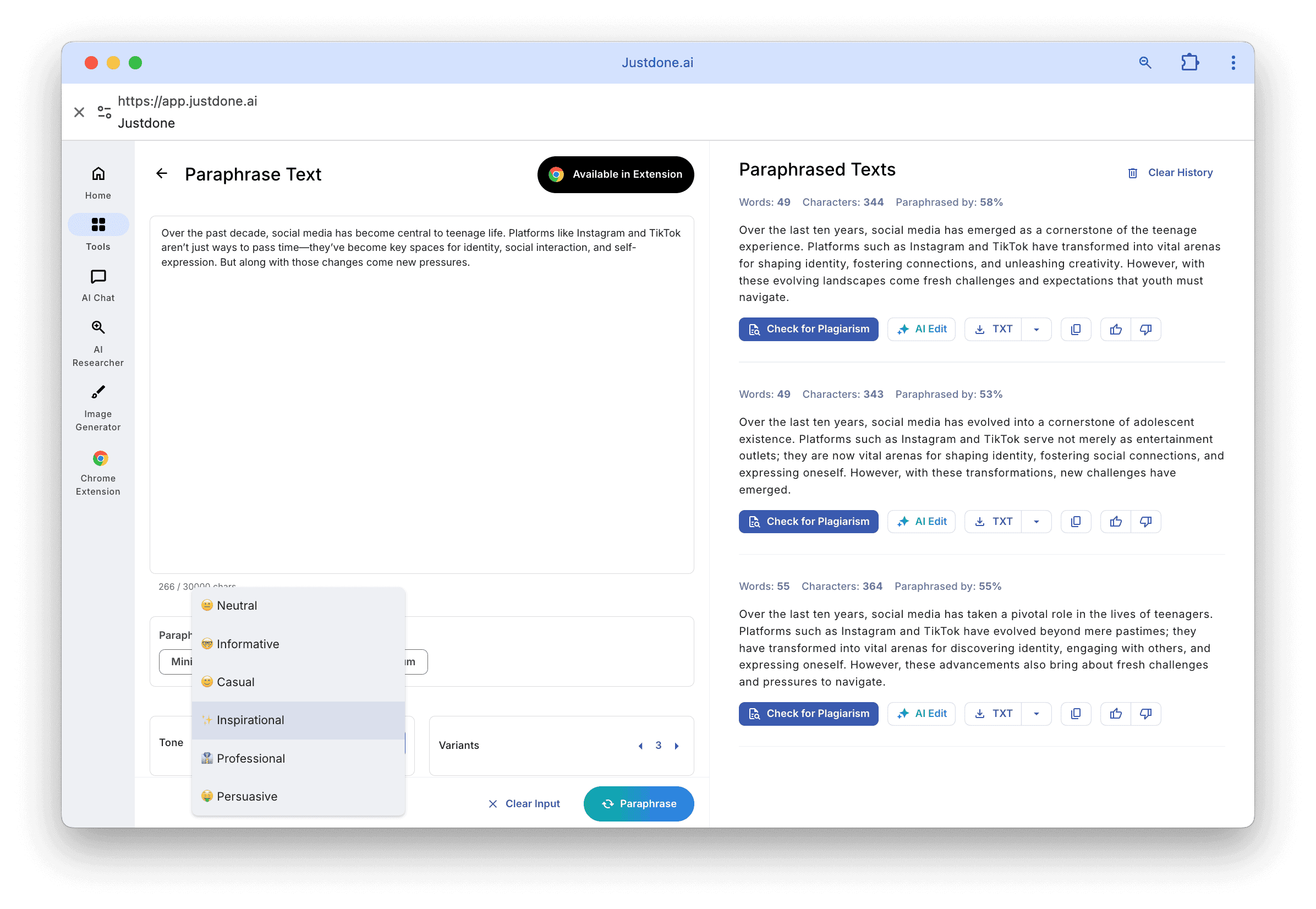I still remember the first time a client asked me, “Michael, how do I even begin a position paper?” He’d been invited to present his organization’s viewpoint at an industry forum and was staring at a blank document, panicked. As a Personal Branding Coach, I’ve guided dozens of professionals through that same frustration. Over the years, I developed a simple approach – the one that turns that empty page into a compelling, persuasive document. Today, I’ll share it with you.
How to Write a Position Paper That Sounds Natural and Persuasive
Writing a position paper means building a case around a clear belief. You’re not just sharing an opinion; you’re guiding someone else to understand why it matters. If this feels intimidating, start small. Think of it like explaining your point of view to a friend. Ask yourself what you believe and why others should care. That’s your foundation. When I wrote about hybrid work policies, I started with a thought: when done right, combining remote and in-person work can increase efficiency without hurting collaboration. That one sentence helped shape everything that followed. If you’re not sure your writing sounds personal or authentic, JustDone’s AI detector can show you areas that feel stiff or robotic so you can make quick adjustments before continuing.

How to Avoid Robotic Sound in a Position Paper
A clear structure helps keep your reader engaged from start to finish. I always begin with an introduction that sets the stage. I explain what the issue is and what my stance will be. After that, I provide background: why is this problem relevant right now? I add stories, numbers, or observations to make it more relatable. Then come my main points, each in its own section with a specific example or some data that supports it. I include another section to address any opposing viewpoints. When I do this, I try not to attack the other side; I explain why my view holds up even with their concerns. I wrap it up by restating my main point and suggesting a real step forward. If any part of my writing feels stiff, I run it through JustDone’s AI detector for feedback and tweak the tone to sound more like myself.
How to Plan a Position Paper Using a Practical Outline
Before writing the full draft, I always build an outline. It keeps the message focused and helps ideas stay on track. I usually start with a personal story or fact that introduces the topic. Next, I explain why the issue is important right now and present my position. Then I list each of the main points I want to make. For example, in my remote work paper, I mentioned increased productivity, cost savings, and improved employee morale as my key points. I also planned to include a response to a common concern, like isolation, and a solution to show that I’d thought it through. Finally, I ended with a call to action that suggested a small test of my recommendation. With a simple outline like this, I know what to say before I even start writing. If my draft feels too formal or repetitive, I use JustDone’s AI paraphraser to revise it in a more conversational tone.

Writing a Position Paper from Start to Finish
To write a strong position paper, you need a clear topic. Choose something specific, not too broad or vague. Next, gather support for your argument: this could be research, stories, or experiences. Then, write a thesis that captures exactly what you’re trying to say. Structure your paper so each point builds on the last. Each new section should include a fact, a quote, or an example. If your paper sounds too polished or stiff, the AI paraphraser by JustDone helps rephrase sections to feel more natural while keeping the original intent. Don’t forget to include a counterargument: this shows that you’ve considered the other side. Respond with clarity and respect. Once the main content is done, take a break and come back to it. Read your draft out loud if you can. That’s often when unnatural phrasing stands out. Make edits, and when you’re ready, do one last review.
Example of a Simple Yet Strong Position Paper
Here’s a short example based on the structure I mentioned above. The topic is remote work. The paper starts by describing the rapid shift to working from home and makes a clear argument: a hybrid model works best. The background explains that remote work grew by over 150% in a two-year span. The writer then shares three main points: increased productivity during a company trial, savings from closing unused office space, and happier employees based on internal surveys. The common counterpoint (lack of team connection) is addressed with simple solutions like weekly team huddles. Finally, the writer recommends a short-term test of hybrid work to collect results before making it permanent.
Remote work adoption surged 157% from 2019 to 2021. Companies that refused to adapt saw turnover increase by 12%. Our Q1 pilot showed a 15% increase in task completion rates when employees worked remotely two days per week. We reduced office expenses by $50,000 annually by reallocating underused desks to hot-desking arrangements. Employee surveys revealed a 30% reduction in reported burnout. Concern: “Teams will feel isolated.” Response: Weekly in-person syncs and virtual coffee breaks maintain team spirit. Finally, I recommend launching a 3-month hybrid pilot, with clear success metrics, beginning next quarter.
This example follows a simple, logical flow while staying easy to read. If you model your draft on something similar, you’ll find writing much smoother.
Coaching Tips to Improve Your Position Paper
Over the years, I’ve helped students and professionals shape clear, engaging position papers. One of the best techniques I’ve learned is to begin with a personal or surprising detail. It helps set the tone. Don’t overload the paper with buzzwords or industry jargon; clear and direct writing always connects better. If you struggle with clunky paragraphs, the JustDone AI paraphraser can clean up and smooth those sections while keeping your voice. And always share your draft with someone who’ll give honest feedback. You’d be surprised what a second opinion can catch. Also, check your draft for grammar or formatting mistakes with a final scan through JustDone. These small efforts make your paper feel polished and professional.
Write a Position Paper That Feels Authentic and Convincing
A great position paper stands out not because of big words or clever tricks, but because the writer shares a real point of view with clarity and purpose. Start with your belief, support it with facts or experiences, and stay open to different perspectives. That’s how you build trust with your reader. Your language should feel like you’re speaking to a real person, not filling out a form. If you want to make sure your draft doesn’t sound too mechanical, try JustDone’s AI detector: it highlights areas where the tone feels off. Add your voice back in, and you’ll end up with something strong and readable. Whether it’s for class, work, or publishing online, that’s how to write a paper that really lands.